Hair loss is a common concern affecting millions of people worldwide. While hair transplants have long been regarded as a reliable solution for restoring hair density, advances in regenerative medicine have introduced Platelet-Rich Plasma (PRP) therapy in Dubai(علاج الشعر بالبلازما الغنية بالصفائح الدموية في دبي) as an effective complementary treatment. Combining PRP therapy with hair transplant procedures is becoming increasingly popular among patients and clinicians seeking to maximize hair restoration outcomes. This article explores how integrating these two treatments can enhance hair growth, improve healing, and provide more natural, long-lasting results.
Understanding Hair Transplants
Hair transplantation involves relocating healthy hair follicles from a donor area—usually the back or sides of the scalp—to balding or thinning regions. The two main techniques used are:
- Follicular Unit Extraction (FUE): Individual follicular units are extracted and implanted one by one, resulting in minimal scarring.
- Follicular Unit Transplantation (FUT): A strip of scalp is removed, dissected into follicular units, and transplanted.
Transplants offer a permanent solution by moving genetically resistant hair follicles, but the success depends on follicle survival and growth post-surgery.
What is PRP Therapy?
Platelet-Rich Plasma (PRP) therapy uses a concentrated sample of the patient’s own blood plasma, rich in platelets and growth factors. These biological agents stimulate cellular repair, collagen production, and new blood vessel formation, accelerating healing and tissue regeneration. PRP has shown promise in enhancing hair follicle function and stimulating new hair growth.
Why Combine PRP Therapy with Hair Transplants?
1. Accelerated Healing and Recovery
Hair transplant procedures create tiny wounds in the scalp that require time to heal. PRP’s growth factors promote faster tissue repair, reducing redness, swelling, and discomfort after surgery. Patients may experience quicker recovery times and resume normal activities sooner.
2. Improved Graft Survival
One of the challenges in hair transplantation is ensuring the survival of transplanted follicles. PRP enhances the scalp’s microenvironment by increasing blood flow and oxygen delivery to grafts, helping follicles take root and thrive.
3. Enhanced Hair Growth and Density
PRP stimulates dormant hair follicles in the recipient area, promoting thicker and denser hair growth beyond what the transplant alone achieves. This can be particularly beneficial for patients with diffuse thinning.
4. Reduced Hair Shedding Post-Transplant
Hair shedding, or shock loss, is common after transplantation. PRP can reduce the extent of this shedding by strengthening existing follicles and supporting transplanted grafts during the critical healing phase.
How is PRP Integrated into the Hair Transplant Process?
PRP can be incorporated at several stages:
- Pre-Operative PRP: Administering PRP sessions before the transplant improves scalp health and prepares follicles.
- Intra-Operative PRP: Injecting PRP into the recipient and donor sites during surgery enhances graft survival and reduces trauma.
- Post-Operative PRP: Follow-up PRP treatments stimulate ongoing follicle activation and support new growth.
Typically, patients undergo multiple PRP sessions spaced weeks apart for optimal effects.
What to Expect from Combined Treatment?
Procedure Overview
- The hair transplant is performed as usual, with follicle extraction and implantation.
- PRP is prepared by drawing blood, centrifuging to concentrate platelets, and injecting the plasma into targeted scalp areas.
- The combined procedure takes slightly longer than a transplant alone but remains minimally invasive.
Recovery
- Patients often notice reduced swelling and quicker healing.
- Initial shedding is minimized.
- New hair growth may start earlier, with visible improvements in density and quality.
Benefits of Combining PRP and Hair Transplants
| Benefit | Hair Transplant Alone | PRP Therapy Alone | Combined Treatment |
|---|---|---|---|
| Graft Survival Rate | Moderate | N/A | Increased |
| Healing Time | 7-14 days | N/A | Reduced (3-7 days) |
| Hair Density Improvement | Significant | Moderate | Enhanced |
| Hair Shedding Post-Treatment | Common | Rare | Reduced |
| Natural Hair Growth Stimulation | Yes | Yes | Synergistic Effect |
| Procedure Invasiveness | Surgical | Non-surgical | Slightly longer than transplant |
Who Should Consider Combined Treatment?
- Patients undergoing hair transplantation seeking faster recovery.
- Individuals with early to moderate hair thinning wanting to boost transplant outcomes.
- Those prone to poor healing or reduced graft survival.
- Patients desiring denser, more natural results.
Risks and Considerations
- Combining treatments may increase cost.
- Multiple PRP sessions are needed, requiring patient compliance.
- Results vary by individual’s health, age, and hair loss cause.
- Both treatments are generally safe with minimal side effects.
FAQs About Combining PRP Therapy and Hair Transplants
Q1: Is the combined procedure painful?
A: Local anesthesia is used for the transplant, and PRP injections cause minimal discomfort, often described as a mild pinch.
Q2: How soon can I see results after combined treatment?
A: Initial hair shedding occurs within 2-3 weeks, followed by new growth starting around 3 months. Full results appear between 9 to 12 months.
Q3: How many PRP sessions are needed?
A: Typically, 3-4 sessions are recommended—before, during, and after transplantation.
Q4: Are there any side effects of PRP injections?
A: Side effects are rare but may include minor scalp tenderness, swelling, or bruising.
Q5: Can PRP therapy replace hair transplants?
A: PRP is most effective as an adjunct for mild hair thinning but does not replace transplant surgery for extensive baldness.
Q6: How long does the combined treatment last?
A: Hair transplants are permanent, and PRP therapy effects can last several months, requiring maintenance treatments for ongoing stimulation.
Q7: Is PRP therapy covered by insurance?
A: Generally, PRP and hair transplants are considered cosmetic and not covered by insurance.
Conclusion
Combining PRP therapy with hair transplants represents a synergistic approach that leverages the strengths of both treatments. This integration enhances follicle survival, accelerates healing, and stimulates more robust, natural hair growth, making it an ideal choice for patients seeking superior outcomes. If you’re considering hair restoration, discussing the combined treatment option with a qualified hair specialist can help tailor a plan suited to your needs and expectations.

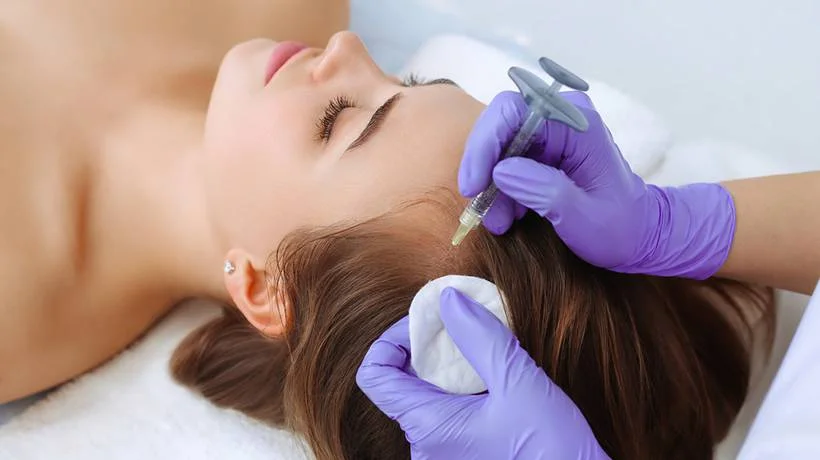
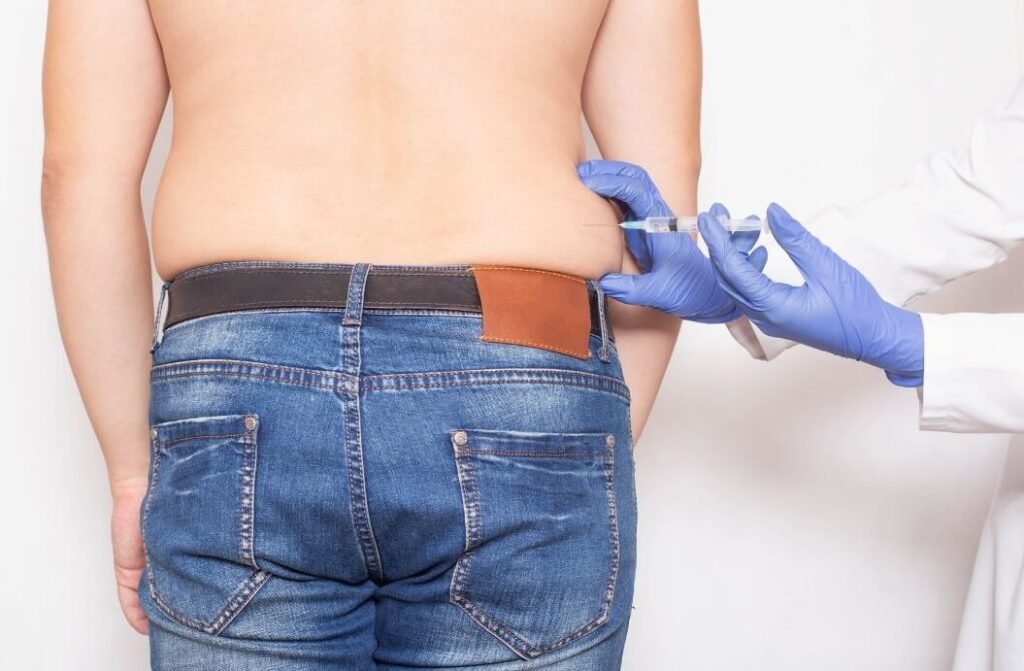
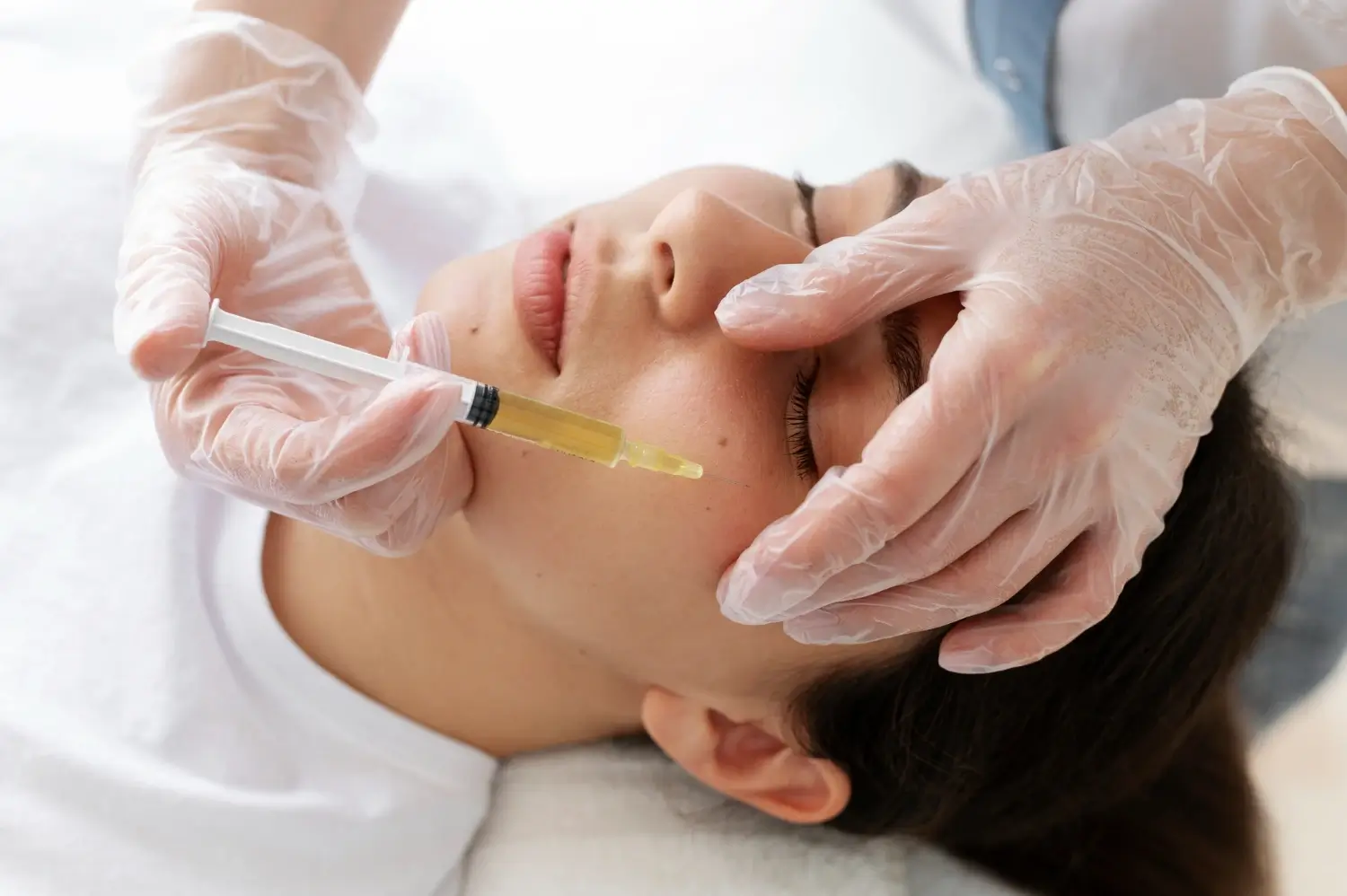

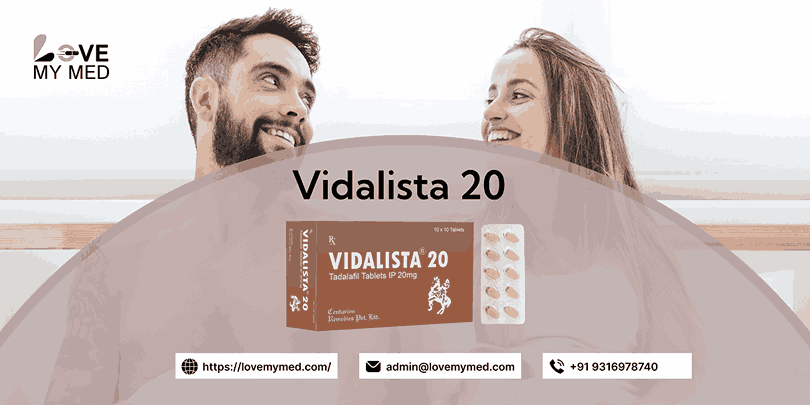
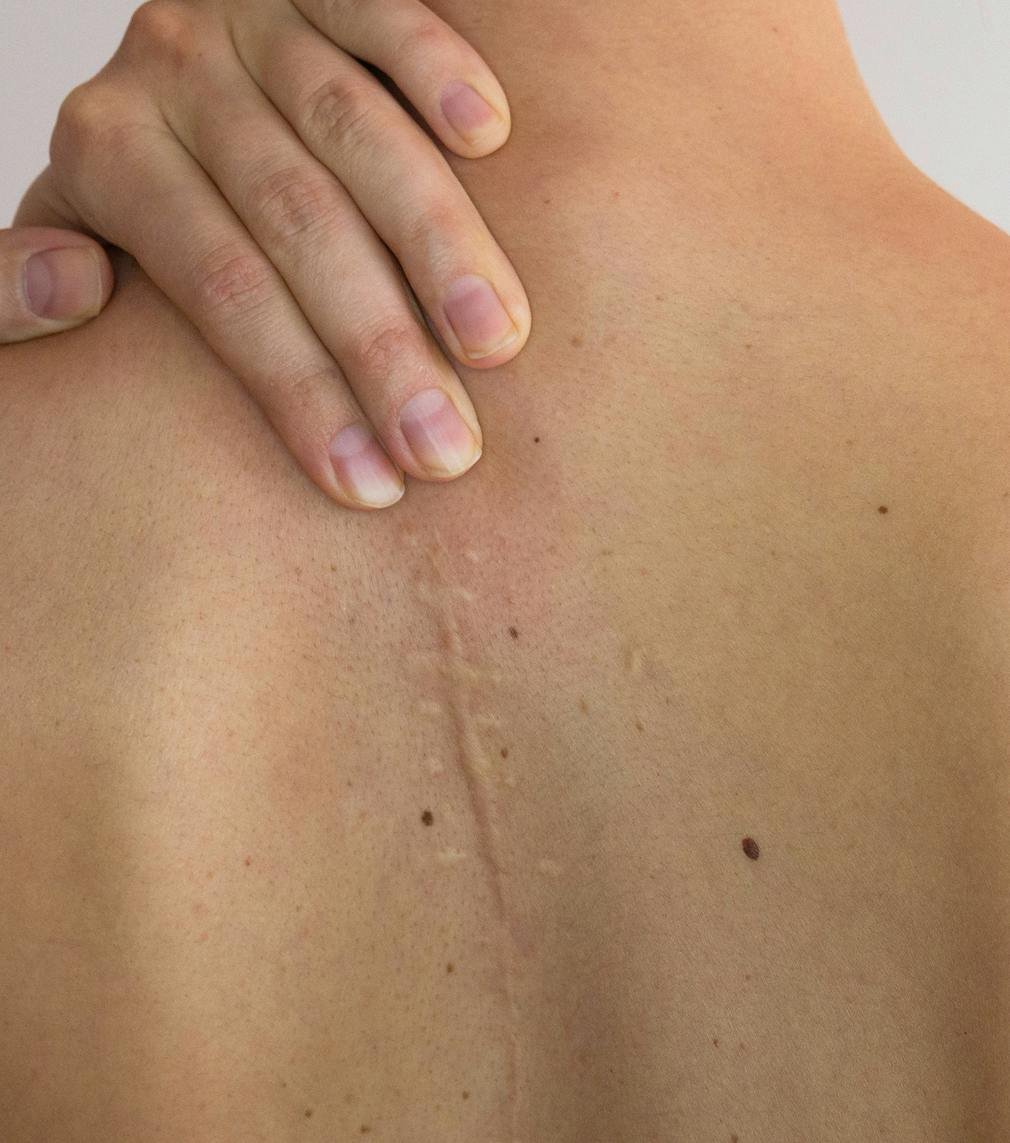
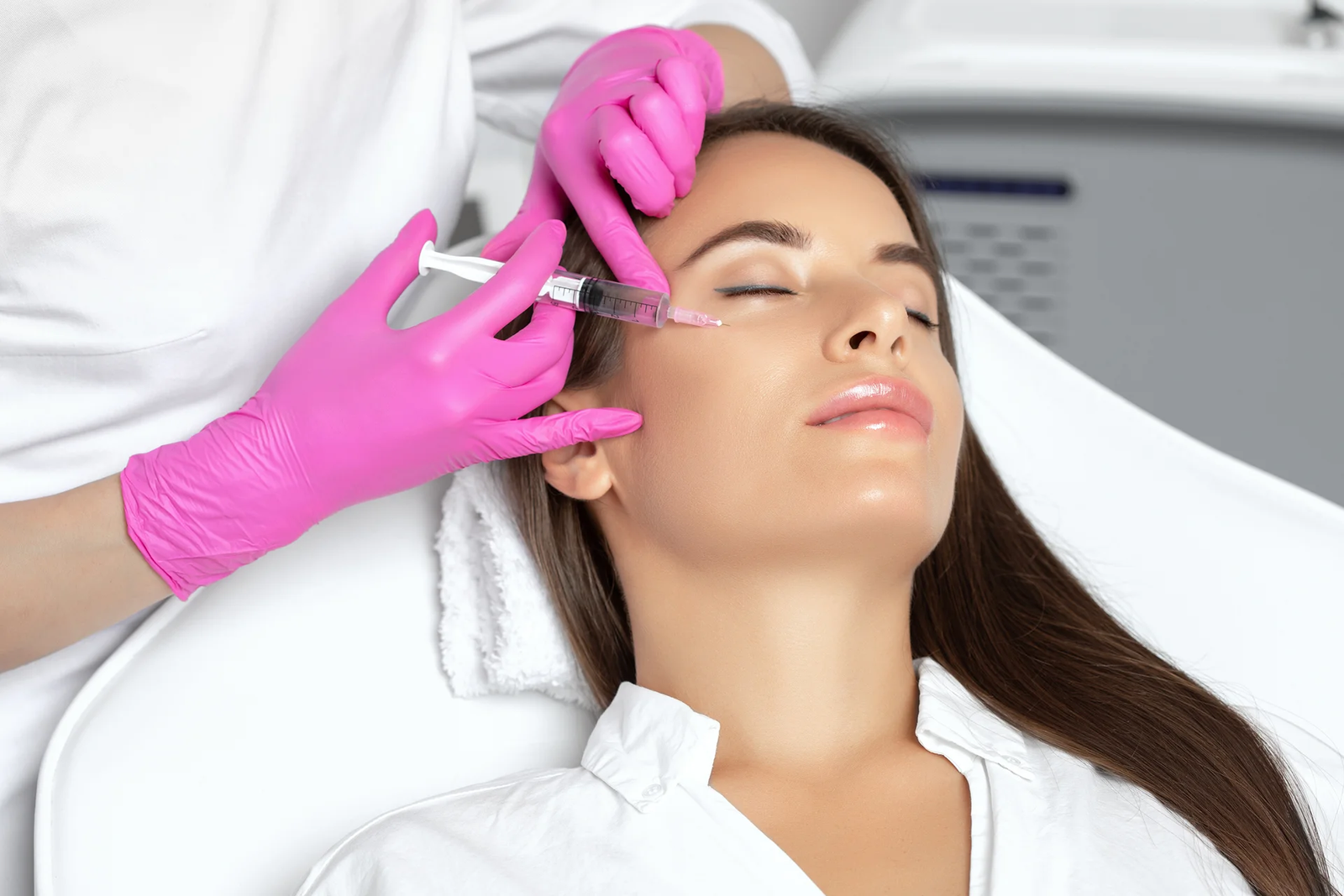
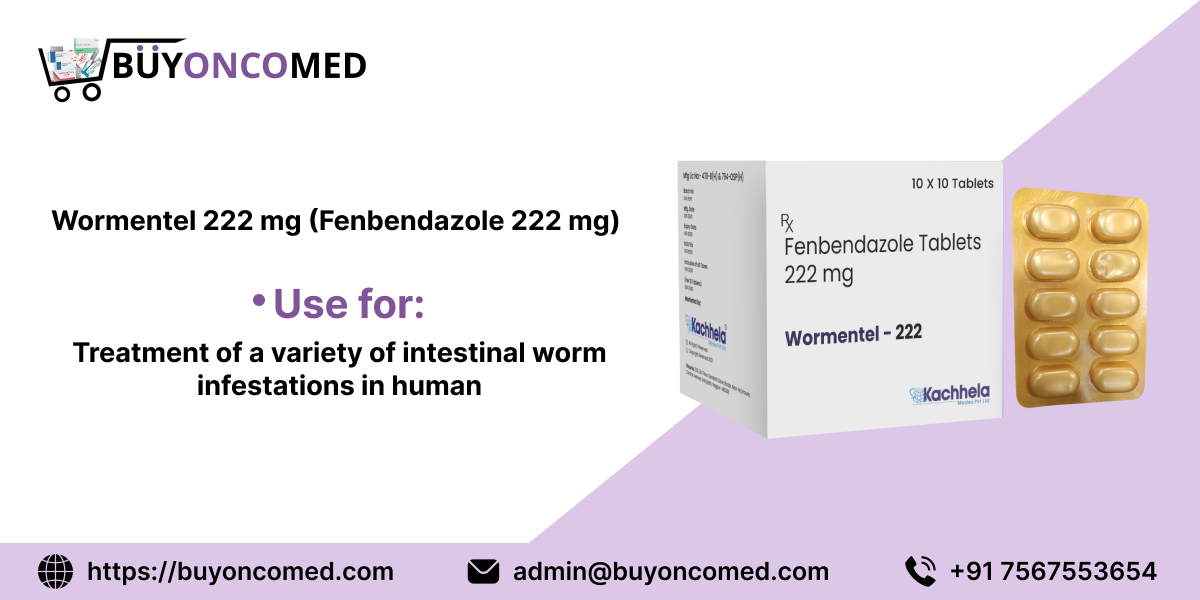
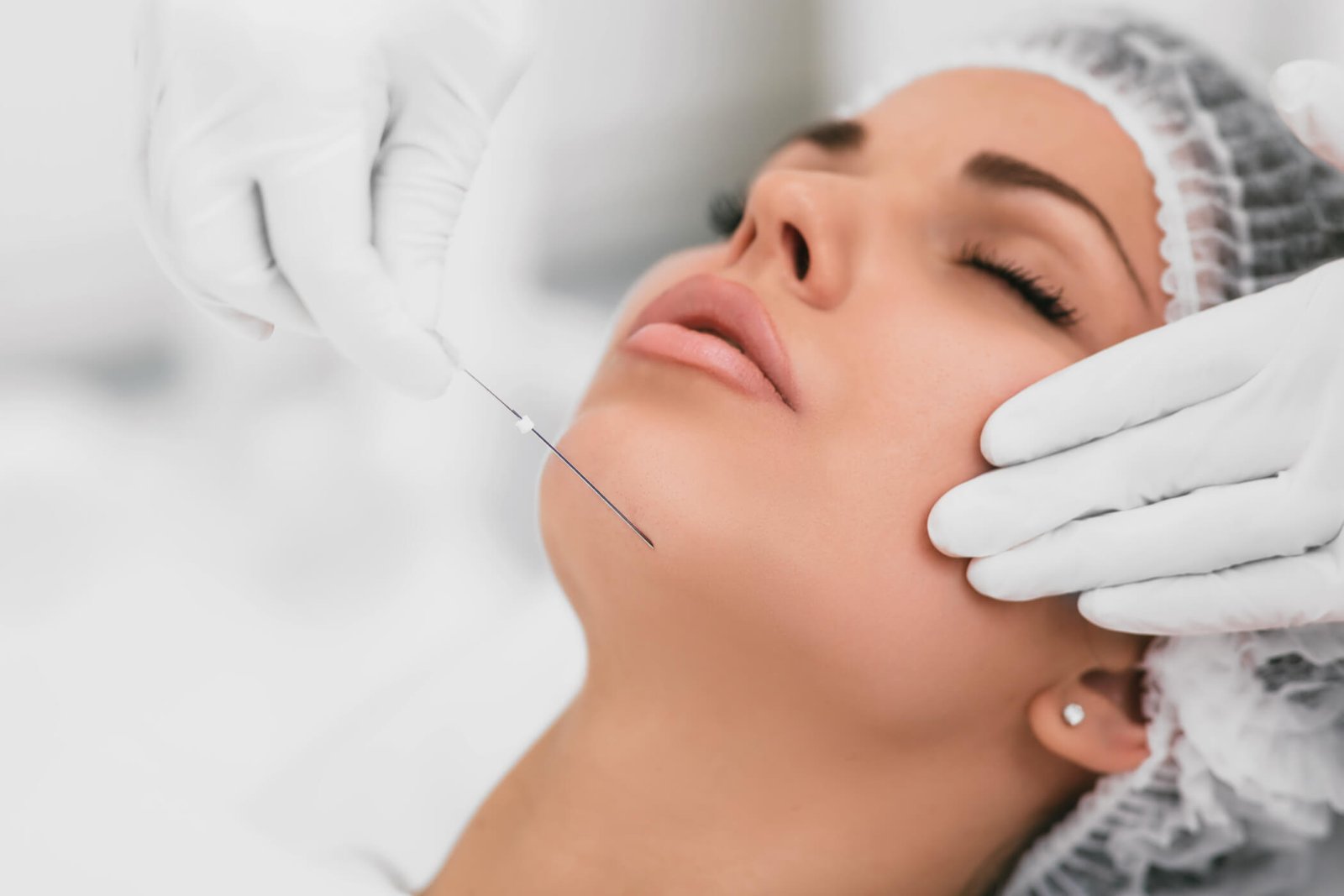
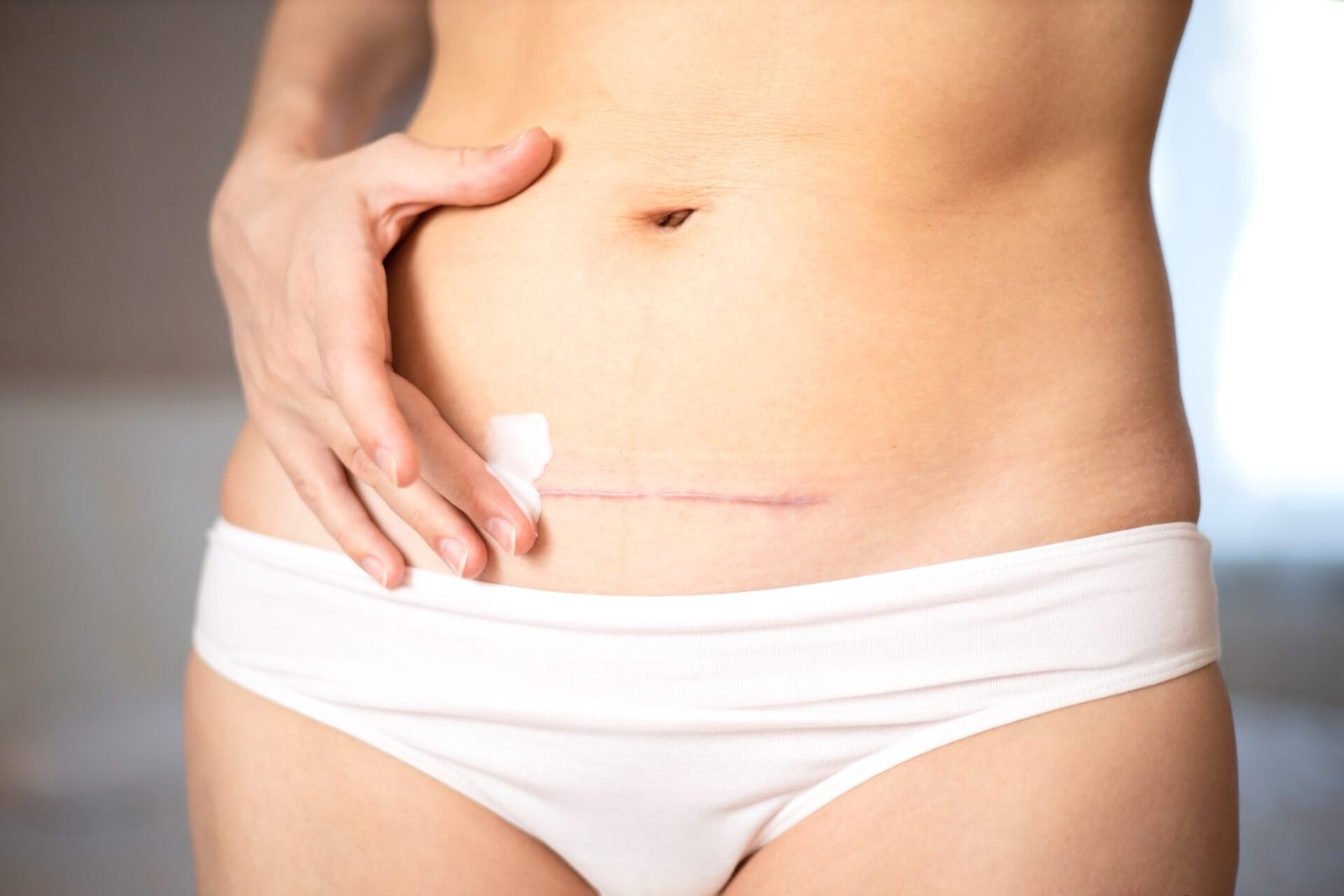
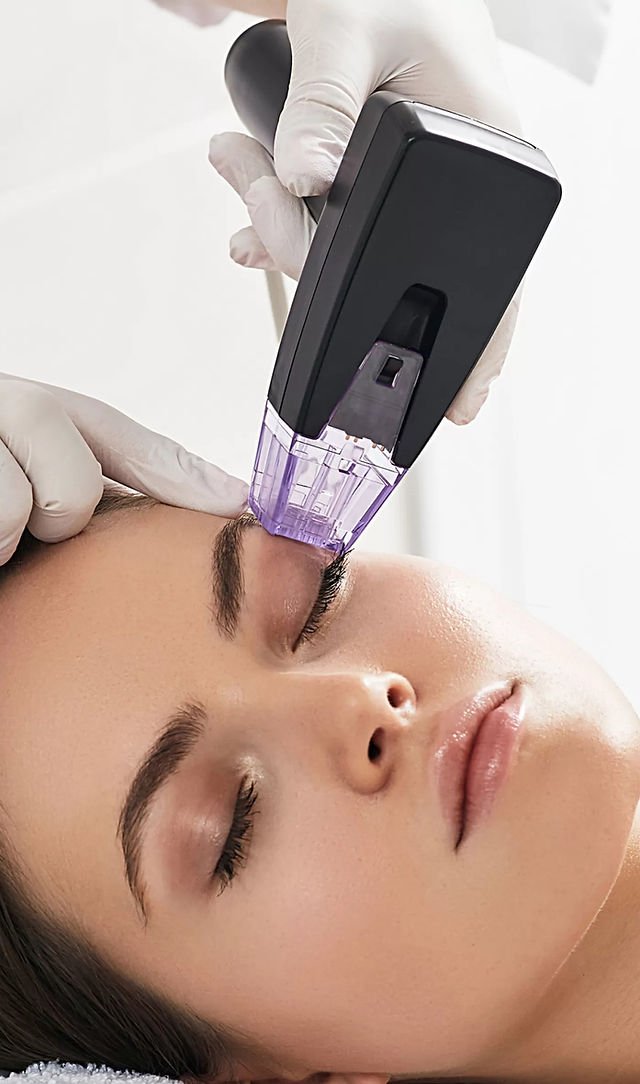



Leave a Reply